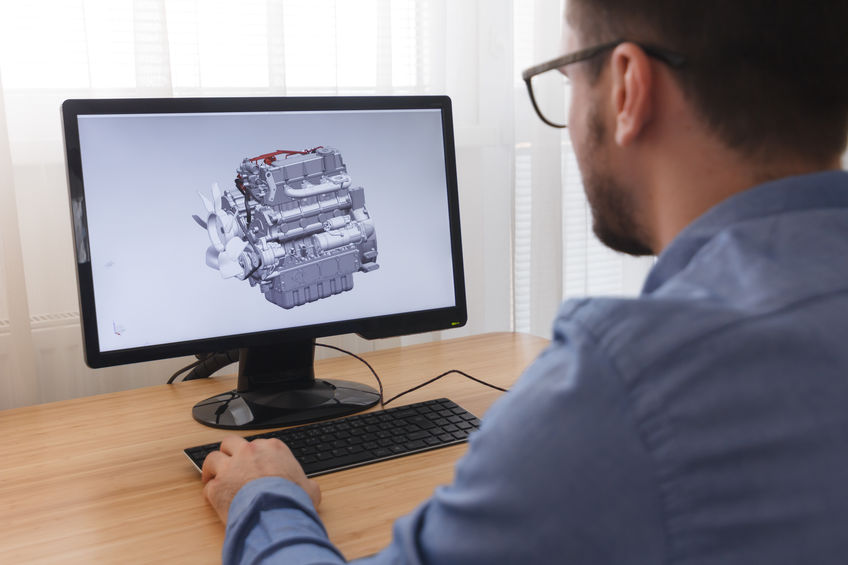The Manufacturing Cloud: The last mile to true cloud infrastructure with Microsoft
 As a manufacturing engineer right out of college, I entered a world where pencil-and-paper engineering was quickly being replaced by digital, computerized design. Like many of my friends from school, I found myself quickly making a career move into information technology. This was partially because those technologies were being adopted too quickly for universities to train new graduates. It was partially because I just enjoyed working with computers more than with CNC machines and production design.
As a manufacturing engineer right out of college, I entered a world where pencil-and-paper engineering was quickly being replaced by digital, computerized design. Like many of my friends from school, I found myself quickly making a career move into information technology. This was partially because those technologies were being adopted too quickly for universities to train new graduates. It was partially because I just enjoyed working with computers more than with CNC machines and production design.
- See all our Microsoft cloud coverage on MSCloudNews.com
At the same time, I was introduced to an ERP system for the first time. I had always been interested in the operations side of manufacturing, and this exposure to material resource planning, scheduling, order management, and the many features of ERP fascinated me.
I’ve kept one foot firmly in the world of manufacturing ever since I started that career change. I have always worked for manufacturing companies – mainly with their ERP systems. I’ve always worked for firms where Computer Aided Design (CAD) and Computer Assisted Manufacturing (CAM) were front and center in their business.
Windows Virtual Desktop | The Mainframe for the 21st Century
When I started my IT career, we were well into the migration of technology away from mainframe systems and into distributed “client-server” environments. We were getting rid of big centralized servers that ran all software and the dumb terminals people used for access. I had old dumb terminals on a pallet in the back wrapped and stored on the top shelf in the plant. These were obsolete. They had no use any more.
In this brave new world, your desktop computer was almost as capable as the old servers. Software ran locally. Lotus 123, Word Perfect, ERP systems. The new servers from Novel or Microsoft were for file storage, databases, and printer sharing. Unlike the mainframe days, we did not run the word processor or the accounting software directly on the server any more.
I wrote an article in March of 2021 about a new technology that is building traction called Windows Virtual Desktop. As an old boss used to say, what goes around comes around. Windows Virtual Desktop (WVD) has reintroduced the mainframe computing model back into the world.
ERP in the cloud
ERP started to really gain traction in the cloud in the early 2010s as NetSuite (and Salesforce) emerged as leaders. Ironically, Microsoft was a bit late to the cloud ERP space. Dynamics 365 first entered the cloud in 2016, several years after cloud ERP had passed from a curiosity to a more mainstream choice.
In the manufacturing space, cloud ERP was not widely accepted until more recently. In our experience, customers were reluctant or outright negative about cloud ERP as recently as 2018. Concerns about the performance and speed slowed down the adoption of these technologies.
That really changed dramatically during 2020. The need to work remotely, from anywhere at any time revealed client-server technology’s limitations. Cloud ERP systems like Dynamics 365 are strong in manufacturing and have led to a breathtaking change in attitude.
CAD in the cloud
FREE Membership Required to View Full Content:
Joining MSDynamicsWorld.com gives you free, unlimited access to news, analysis, white papers, case studies, product brochures, and more. You can also receive periodic email newsletters with the latest relevant articles and content updates.
Learn more about us here